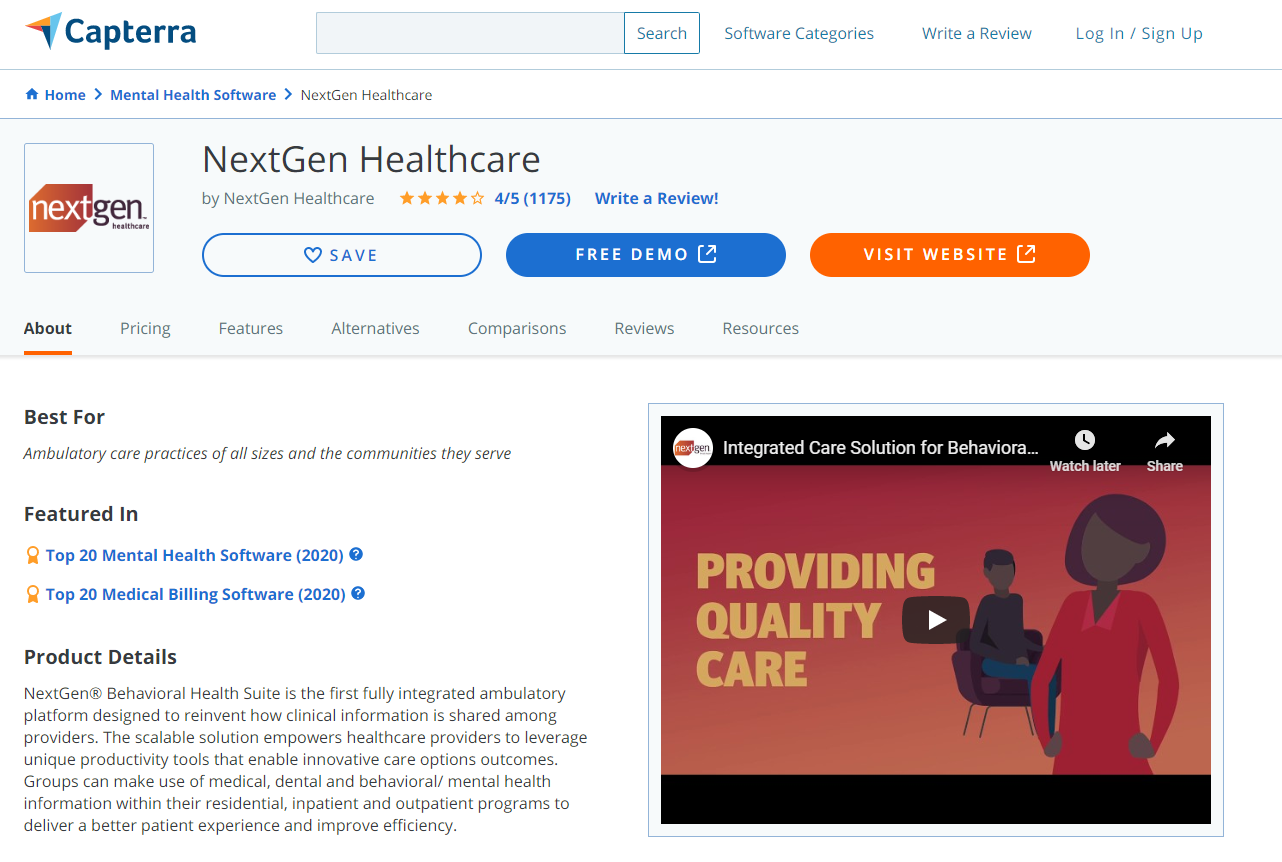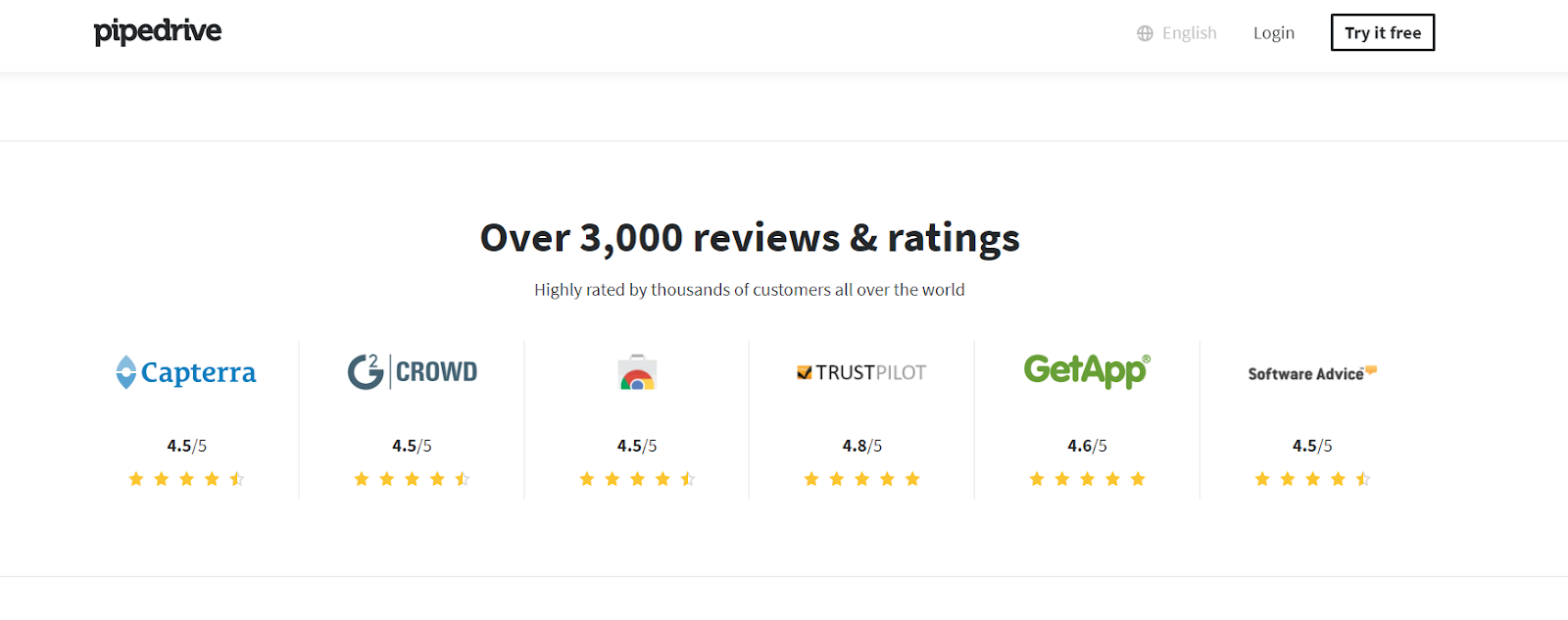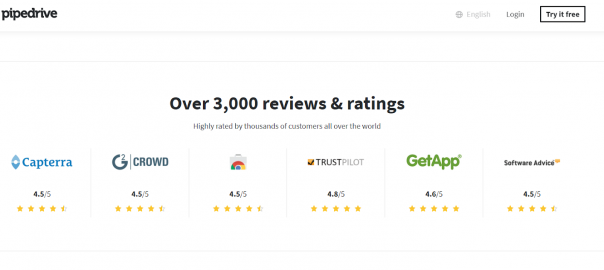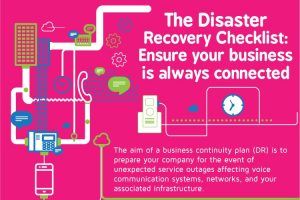Five online reviews is all it takes to increase the likelihood of your product getting purchased by 270 percent. Five!
Sounds too good to be true, right?
Fortunately for businesses in all industries, it’s not. Online reviews from your happy customers do much more than just build trust with prospects—they are also powerful tools that can directly impact your bottom line.
Consumers today live on the internet. Chances are, if they’re considering your product or service as a solution for their problem, they’re checking out what other people say about it online. In fact, 84 percent of people trust online reviews as much as a personal recommendation.
Even if you’re not actively seeking reviews, there’s still a chance they could come in—and they unfortunately might not be what you’re expecting. A dissatisfied customer will typically tell between 9-15 people about their experience, and leaving a negative review online is a surefire way to broadcast their dissatisfaction to the masses. Over time, this can have severe implications for your business; 94 percent of people say a negative online review has convinced them to avoid a business.
If you don’t have a strategy in place to acquire reviews from your happy customers, you’re not only missing out on the opportunity to generate more revenue, but you’re also losing control of what others are saying about you online.
To successfully acquire reviews, though, you must do more than just ask your customers to share their thoughts and hope for the best. You’ll need a well-thought-out strategy that targets the right channels and the right customers. These are the six essential steps to building a review acquisition strategy.
Step 1: Identify the Best Channels for Your Review Acquisition Strategy
When you begin your research, you’ll quickly realize that there are a lot of options to choose from. As tempting as it seems, it wouldn’t be feasible or the best return on your investment to go headstrong on every channel. Instead, start with a select few—those that make the most sense for your business and are likely to be trafficked by your buyer personas—and scale your efforts over time.
First focus on the channels that are directly associated with your business. In most instances, this includes channels like Google My Business or Facebook. Targeting these channels will ensure you’re making the best first impression when your company shows up in a Google search or a prospect’s newsfeed.
From there, you’ll want to consider third-party online review sites that are applicable to your target audience. There are different options available to you depending on whether you’re a B2C or B2B business. B2C companies would be most interested in sites like Yelp, Trip Advisor, or Influenster. On the other hand, B2B businesses would benefit from places like G2 Crowd, Capterra, or TrustRadius. Then, depending on your industry, there may be niche review sites you can take advantage of as well. For example, there’s MarTech Health Directory for healthcare software, ClickZ for marketing services, and OpenTable for restaurants.
The key is to always keep your buyer personas top of mind. If you aren’t investing in the right channels, then the right prospects won’t see all of those amazing reviews you’re generating.
Step 2: Claim Your Business and Build Out Your Profile
Once you’ve identified a list of channels you want to focus on, the next step is to claim your business and build out your profile. The specific steps you take on each channel will vary, but there are a few best practices to keep in mind:
- Write descriptions that accurately depict your business and help prospects understand why they need your product or service. On most review sites, your listing will show up alongside that of your competition, so you’ll want to ensure you’re putting your best foot forward. Additionally, Google notes that descriptive Google My Business profiles are 2.7 times more likely to be considered reputable. As an added bonus, ensuring that keywords are present can help your listing rank on search engine results pages (SERPs).
- Ensure key business information is present. This includes your correct company name, phone number, address, hours of operation and website.
- Use media where applicable to draw visitors in. Photography is a great way to capture attention and bring your business to life. Additionally, video can be a great way to quickly convey your value in a fun and engaging way. Take a look at how this company strategically added an explainer video to its Capterra profile:

Pro tip: If some of the channels you’ve identified as being applicable to your business aren’t part of your immediate plan of attack, you should still follow the steps to claim your profile. Research suggests businesses that claim their free listings on at least four review sites earn 36 percent more revenue than the average business.
Step 3: Determine a Plan for Outreach
Now that you have a presence on several key review sites, you need to figure out how you’re going to get reviews. The best way to do this is to, well, ask!
There are a few different ways you can ask for reviews, including:
- One-to-one outreach: This type of outreach can be done by anyone in your organization who has a direct relationship with your customer. This is the approach we take at SmartBug, and it has led to us holding the No. 1 spot in HubSpot’s Solutions Directory.
Determine how you’re going to reach out (e.g., email, phone call, face-to-face meeting) and the cadence for outreach. In your request, make sure to let your customer know what they will be expected to do. Will they need to provide images, write a paragraph outlining their experience with you, or simply provide a star rating?
- One-to-many outreach: If you’re just getting started with review acquisition or have a large pool of customers that you’ve identified as being worth reaching out to, it may not be feasible to facilitate one-to-one outreach. In these situations, one-to-many outreach can help you spread your resources further. Use a tool like HubSpot or Mailchimp, and be sure to incorporate personalization tokens throughout.
- Third-party services: Some third-party review sites will facilitate outreach for you. This is a great option if you have limited bandwidth or think you would have better success with an outside source asking for reviews on your behalf. For example, G2 offers Amazon gift cards to companies’ customers for submitting a review. If you plan to go this route, keep in mind that you’ll likely have to pay for these services.
As you’re building your review acquisition strategy, it’s important to remember that the burden of generating reviews shouldn’t only fall on the shoulders of a select few team members. Instead, it needs to be a collaborative effort by everyone in your organization. After all, each department has the potential to have very different interactions with customers based on the nature of their role.
For example, if the accounting team went above and beyond in helping your customer solve a billing question, use it as an opportunity to generate another review, even if you already got one from someone else in the organization. Always look for ways to leverage each interaction you have with customers as an opportunity to generate additional reviews.
Step 4: Identify the Right Customers for Outreach
You’ve built out your strategy, determined a plan for outreach, and are eager to see the reviews start rolling in.
But not so fast. You need to put a plan in place to get reviews from the right customers.
Although it may seem tempting, reaching out to your customers en masse might not get you the best results. Remember: Once you ask for a review, you don’t have control over how they rate you or what they say about your product, service, or company within that review. Because of this, you want to make sure you are only soliciting reviews from your happiest customers. To put it into perspective, only 53 percent of businesses would consider doing business with a company that had fewer than four stars.
If you’re a smaller business and don’t have a large customer base, you may be able to learn which customers are the most satisfied by checking in with your customer service or customer success team. Because they are interacting with customers on a regular basis, they’ll have a good idea of who you should reach out to and who you should avoid.
Another strategy for identifying your happiest customers is through Net Promoter Score (NPS) surveys. In these surveys, customers have the opportunity to record their satisfaction level and leave feedback about what needs to be improved. This strategy is especially helpful for large organizations that have a large customer base or limited interactions with customers post-sale. Some good options to facilitate these surveys include HubSpot Service Hub, Promoter.io, and GatherUp.
Step 5: Launch Campaigns and Monitor Progress
With all the planning and preparation complete, it’s now time to launch your review acquisition program!
Just because you’ve hit the start button, though, doesn’t mean your work is done. As with any marketing campaign, you’ll want to continuously monitor results and optimize your strategy as necessary over time. Things to consider, include:
- Which channels have the most reviews and which need more? As your review acquisition program matures, you’ll want to invest fewer resources on the channels that already have a sizable amount of reviews and more on those where your presence isn’t as strong. According to Spiegel Research Center, the marginal benefit of additional reviews begins diminishing rapidly after the first five.
- What tactics were most successful at generating reviews? Was one-to-one outreach from the sales team most effective or did you have more success when a third party, like Capterra, asked for the review? Replicate the efforts that worked.
- What are your plans for responding to negative feedback? Even though you’ve developed a plan to reach out to your happiest customers, there’s still the potential that your less-than-satisfied customers will leave reviews as well, and you’ll want to make sure you are responding to those as they come in. Not only will this be important for maintaining your reputation, but also statistics show that 33 percent of customers who left a negative review turned around and posted a positive review after getting a response, while 34 percent deleted the original negative review.
It’s important to remember that review acquisition is most effective when it’s an ongoing initiative. For example, if you’re using NPS surveys, you could have a nurture trigger whenever someone submits a survey that meets or exceeds a predetermined point threshold. Or you could make review outreach a regular part of the sales process as a final bon voyage before handing them off to another team in the organization. Experiment with different strategies and repeat what works best!
Step 6: Share Your Success!
Now that you’re generating reviews, don’t forget to share your success! After all, you’ve done so much work to acquire them in the first place.
Look for quick ways to incorporate reviews into your marketing strategy. For example, showcasing your presence on review sites directly from your homepage or testimonials page can quickly build social proof. Take a look at how Pipedrive does it:

Also, think about all of your bottom of the funnel touchpoints. Are there ways you can strategically weave these reviews into those pieces of collateral? Including links to key review sites in the email signature lines of your sales team, incorporating reviews into existing lead nurtures, or promoting reviews on your social channels are all great ways to get started.
Online review generation is just one aspect of your overall digital marketing strategy. For a deep dive into other marketing tactics that can support your organization, take a look at our free five-week training series, Intelligent Inbound Marketing Bootcamp for SaaS Marketers.
Business & Finance Articles on Business 2 Community
(80)





